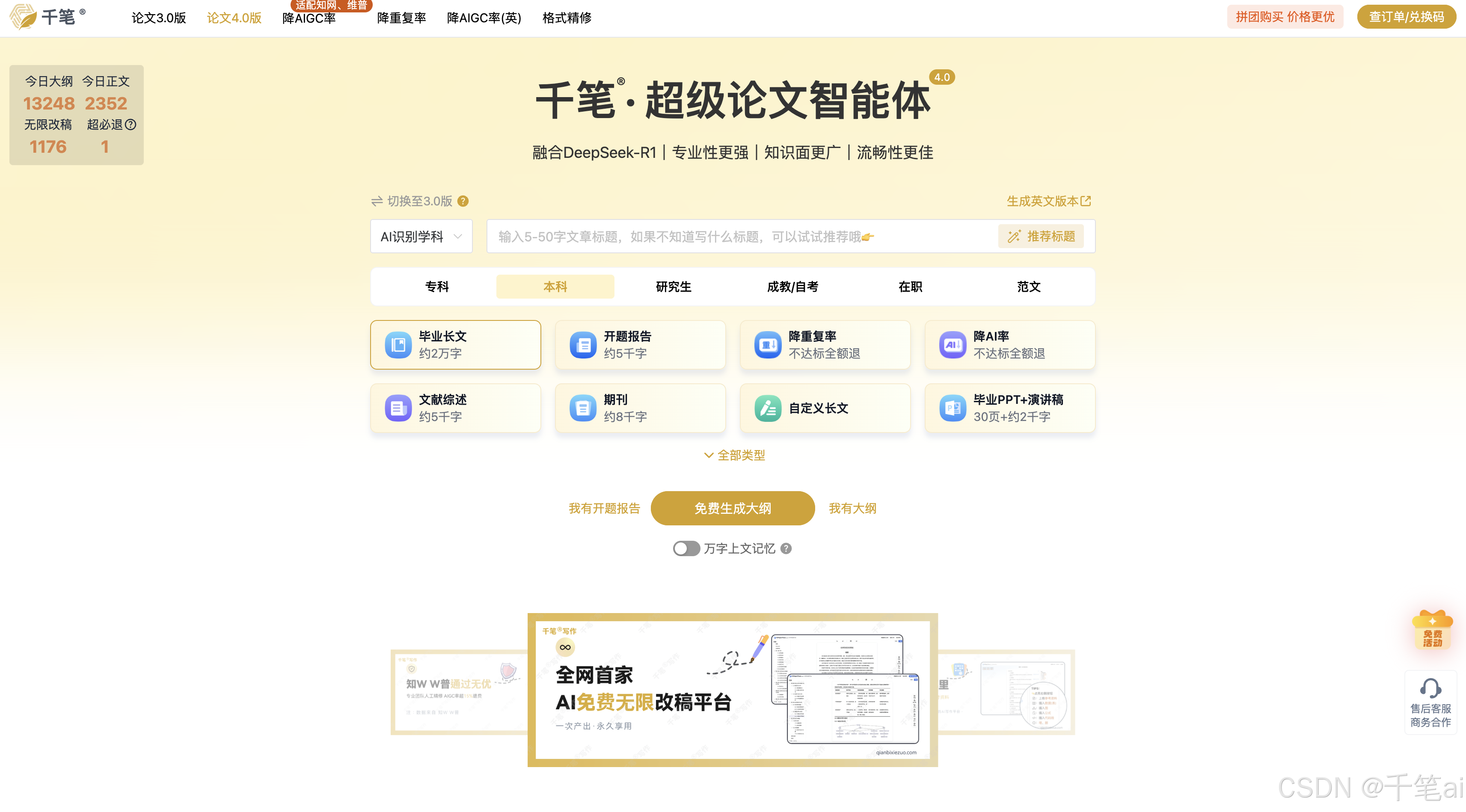JavaScript 中 async 和 await 的使用
async和await是 ES2017 引入的异步编程语法糖,它们基于 Promise,但让异步代码看起来更像同步代码,提高了可读性。
·
JavaScript 中 async 和 await 的使用
async 和 await 是 ES2017 引入的异步编程语法糖,它们基于 Promise,但让异步代码看起来更像同步代码,提高了可读性。
基本用法
1. async 函数
async 关键字用于声明一个异步函数:
async function myFunction() {
return "Hello";
}
async 函数总是返回一个 Promise:
- 如果返回值是非 Promise,会自动包装成 resolved Promise
- 如果返回的是 Promise,则直接返回该 Promise
2. await 表达式
await 只能在 async 函数内部使用,它会暂停 async 函数的执行,等待 Promise 完成:
async function fetchData() {
const response = await fetch('https://api.example.com/data');
const data = await response.json();
return data;
}
错误处理
1. try/catch
async function getUser() {
try {
const response = await fetch('https://api.example.com/user');
const user = await response.json();
return user;
} catch (error) {
console.error('获取用户失败:', error);
throw error; // 可以选择重新抛出错误
}
}
2. 直接处理 Promise 的 catch
async function getUser() {
const response = await fetch('https://api.example.com/user').catch(error => {
console.error('请求失败:', error);
throw error;
});
// ...
}
实际应用示例
1. 顺序执行多个异步操作
async function processData() {
const user = await getUser();
const posts = await getPosts(user.id);
const comments = await getComments(posts[0].id);
return { user, posts, comments };
}
2. 并行执行多个异步操作
async function getDashboardData() {
const [user, posts, notifications] = await Promise.all([
getUser(),
getPosts(),
getNotifications()
]);
return { user, posts, notifications };
}
3. 在循环中使用 await
async function processItems(items) {
for (const item of items) {
await processItem(item); // 顺序处理每个项目
}
// 或者并行处理
await Promise.all(items.map(item => processItem(item)));
}
注意事项
-
顶层 await:在现代 JavaScript 中(ES2022+),可以在模块的顶层使用 await
const data = await fetchData(); console.log(data); -
性能考虑:不必要的顺序 await 会影响性能,能并行的操作应该使用
Promise.all -
浏览器兼容性:async/await 在现代浏览器中都支持,但在旧环境中需要 Babel 转译
-
不要滥用:不是所有函数都需要标记为 async,只有包含 await 或明确返回 Promise 的函数才需要
async/await 让异步代码更易于编写和维护,是处理 JavaScript 异步操作的首选方式。
更多推荐
 已为社区贡献1条内容
已为社区贡献1条内容








所有评论(0)